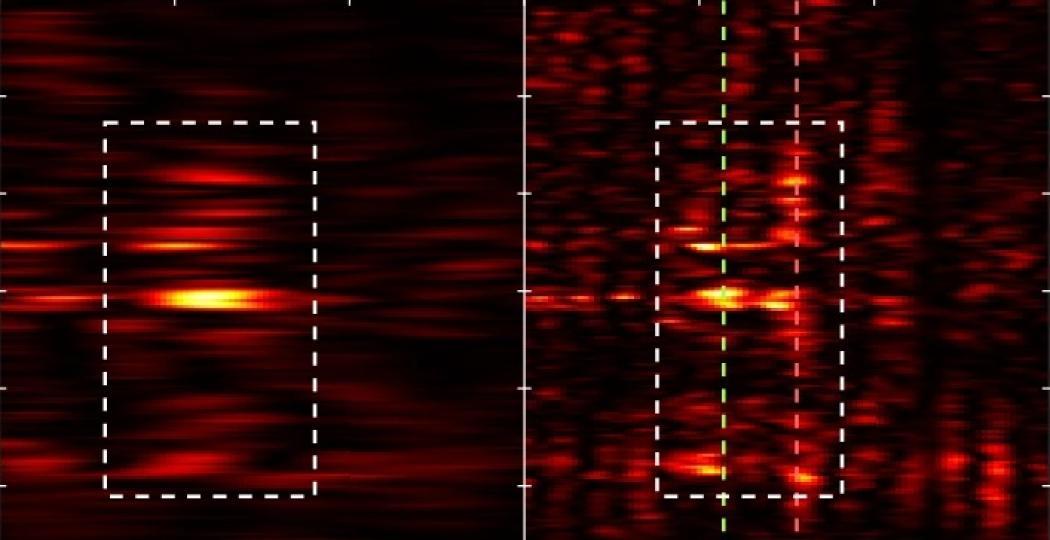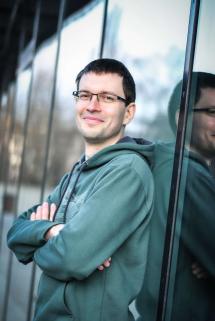
Time-Resolved Measurement of Silane Cation Dissociation After Photoionization

The fragmentation of silane molecules plays a key role in plasma processes that produce ultra-pure silicon layers used in the manufacturing of photovoltaic cells and modern transistors. An international research team, including Vít Svoboda from the Department of Physical Chemistry at UCT Prague, has now successfully described the time evolution of the silane cation after photoionization using a unique experiment and advanced molecular dynamics simulations. In addition to these industrial applications, understanding ultrafast processes like this helps scientists better grasp the fundamental behavior of molecules and principles of chemical physics. The study was published in the respected journal Nature Communications.
Molecular symmetry is a key parameter that determines the stability and chemical properties of substances. Highly symmetrical molecules like silane often fragment after ionization via a Jahn–Teller distortion. Until now, however, direct experimental evidence for the timescale of such changes has been lacking.
The international team succeeded in measuring the time-resolved course of the Jahn–Teller dissociation of silane cations using ultrashort X-ray pulses (duration <1 fs). In the experiment, an infrared pulse first ionized the silane molecules in the gas phase. The researchers then monitored the reaction by recording the absorption spectra of the resulting products using a time-delayed X-ray pulse. The resulting 3D spectra provided information about the absorption as a function of both reaction time and photon energy.
“To decipher all the details contained in the measured spectra, we simulated the entire photoionization reaction using advanced theoretical calculations,” says Dr. Svoboda. He explains that almost immediately after ionization, the symmetry of the silane cation leads to the opening of two possible reaction pathways.
“The first pathway is the barrierless dissociation of the silane cation into SiH₃⁺, which occurs within 23 femtoseconds. The second pathway, delayed by 11 fs compared to the first, is a stochastic dissociation into SiH₂⁺ and H₂, taking about 140 fs. From a chemical dynamics perspective, it's fascinating that the vibrational motion of the silane molecule prior to ionization imprints into the vibrational memory of the SiH₃⁺ fragments—but not into the SiH₂⁺ ones,” explains Dr. Svoboda, who recently returned to UCT Prague. There, at the Institute of Physical Chemistry, he established his own research group supported by the GA ČR Junior Start grant and the Dagmar Procházková Fund. He previously worked at ETH Zurich (where he earned his PhD), the Max Born Institute in Berlin, and the JILA research institute (a joint facility of the University of Colorado Boulder and NIST).
The researchers hope that their findings, published in Nature Communications, will soon contribute to the optimization of industrial processes and improvements in semiconductor material quality—while also advancing the fundamental understanding of ultrafast molecular dynamics following photoionization.
About the Original Article
Title: Attosecond X-ray spectroscopy reveals the competing stochastic and ballistic dynamics of a bifurcating Jahn–Teller dissociation
Published in: Nature Communications, 2025
DOI: 10.1038/s41467-025-61512-8







